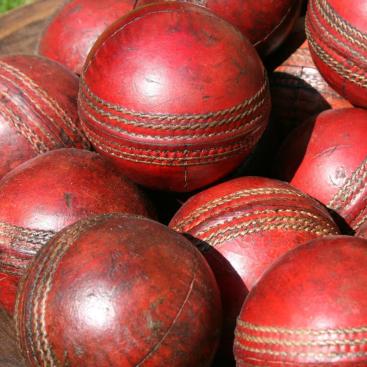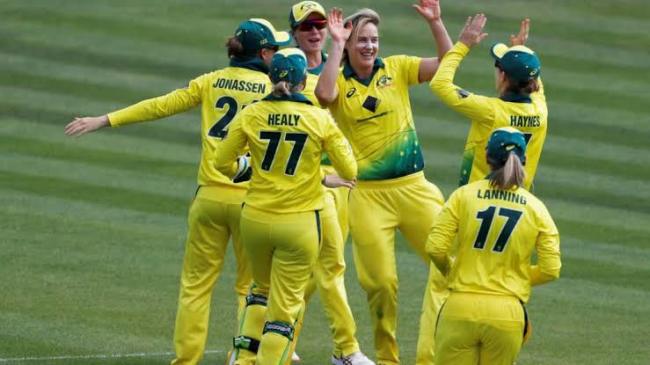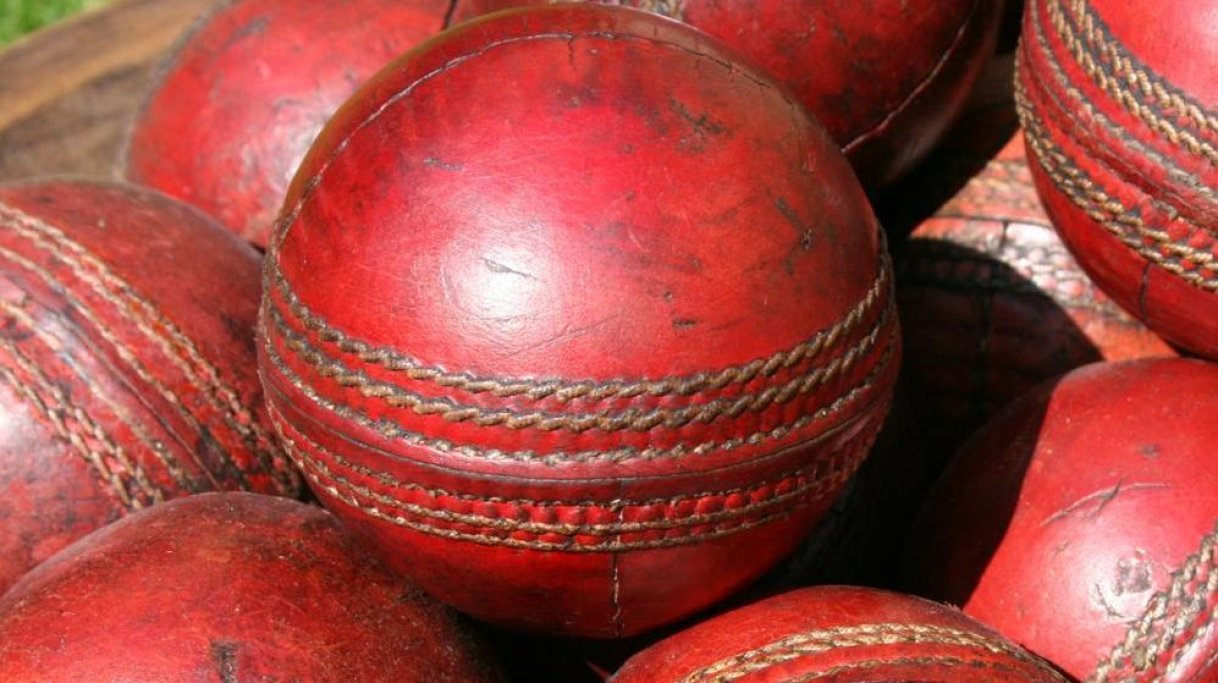The Good the Bad and Ugly of Today’s Cricket

During their tour to West Indies in 1962, the Indian cricket team faced a terrific pace attack and due to poor quality of equipment, especially loose pads, their legs would hurt.
Chandrakant Borde a member of the team, was asked, how the team spent the evenings during that tour? The all-rounder replied, “We would apply Amrutanjan balm on our thighs, legs and wherever else it hurt.”
Rajdeep Sardesai has mentioned this anecdote in his book Democracy’s XI. This is a great example of how cricket has evolved.
The team then had no doctor, but today even a domestic team has a physio, masseur, coach, bowling coach, batting coach, fielding coach, manager, logistics manager, strength & conditioning coach, and a video analyst.
But, not all that glitters is gold. In today’s cricket, there is the good and the bad, and often the latter is brushed under the carpet.
Shorter format affects Test cricket
The shorter formats have no doubt brought drastic changes in the game, like, the athletic fielding, supreme fitness, bowling variations, improved death bowling, chasing of big targets, introduction of new strokes, stunning hitting abilities.
Having said that, it has affected Test cricket, so much so that its existence is being doubted. The players treat the red-ball cricket as white-ball cricket, which is why the rate of Test matches lasting all five days has dipped.
The shorter formats have diverted the Test cricket crowds. Now, the onus is on the administrators and the players to make Test cricket their priority.
Women’s cricket has arrived

The rise of Women’s cricket in the world, especially in India is phenomenal. The viewership of women’s cricket has had rapid growth.
Today, girls along with the boys practice in the nets. A structured domestic plan for women’s cricket, like men, can give the young players a platform to prove their talent. It can now be said that women too can make a living out of cricket.
Cricket, and more cricket
The T20 cricket leagues around the world and domestic tournaments provide the youngsters enough chances, early recognition, and of course the money.
The players these days hardly get any rest, there is one tournament after other and that too of different formats. It becomes important for the management to keep a check on the workload of the players.
Look after domestic cricket
There are more than 100 countries associated with the International Cricket Council, it shows the game is widely accepted.
Recently, two teams: Ireland and Afghanistan entered the Test arena. But of the 12 Test playing nations the domestic structure of three nations Pakistan, Sri Lanka, the and West Indies need attention.
Be it County Cricket in England, Sheffield Shield in Australia or Ranji Trophy in India, there is not enough crowd to cheer the players. The respective boards should take steps to draw more crowds.
The DRS dilemma
The results and records would have been a lot different had those infamous decisions were not made.
To eliminate the wrong decisions, the Decision Review System (DRS) a technology-based system is being practiced, but it has not yet been proved a full-proof method.
The ‘umpire’s call’ concept is further making the DRS more complicated. Irrespective of what the decision is made by the umpire, if the ball is pitched in line and hitting the sticks — it should be given out.
The umpire who officiates the game is expected to make a decision, if the umpire fails to conclude, they should consult the third umpire.
Commercialization a two-edged sword
The involvement of business tycoons, celebrities, and industrialists into the game has given the game a different outlook.
The commercialization in cricket is a two-edged sword, it can make or break a career of a player. Although, the painting of the game with the business brush has helped cricket grow, at the same time it also has dented the reputation.
Test cricket under lights?
The idea of Test cricket under lights and with the pink ball was introduced to attract more crowds. It has had a mixed reaction.
Adam Voges said it is not pink at the end of the day. Whereas, Chris Rogers had to pull out of a domestic match as he could not see the ball due to colour blindness. Some say the ball gets scuffed up after a few overs. Test matches have been played under light, but it is yet to be wholly accepted.
Equipment in cricket
The batsmen customise their bats within the rules, while the bowler has a ball with three different colours. Helmets now have a neck guard chiefly to deal with the bouncer.
The zing bails are taking over the wooden ones. While there have been instances zing bails did not dislodge despite the ball hitting the stumps. Also, during the recently concluded Ashes Test at Old Trafford, the umpires took off the wooden bails due to windy conditions and proceeded with the play.
The bad needs the fix, and the good will get better.


.png)


Leave a Reply